Home

Diapering

After how much time should you change your baby's disposable diaper?
In this Article
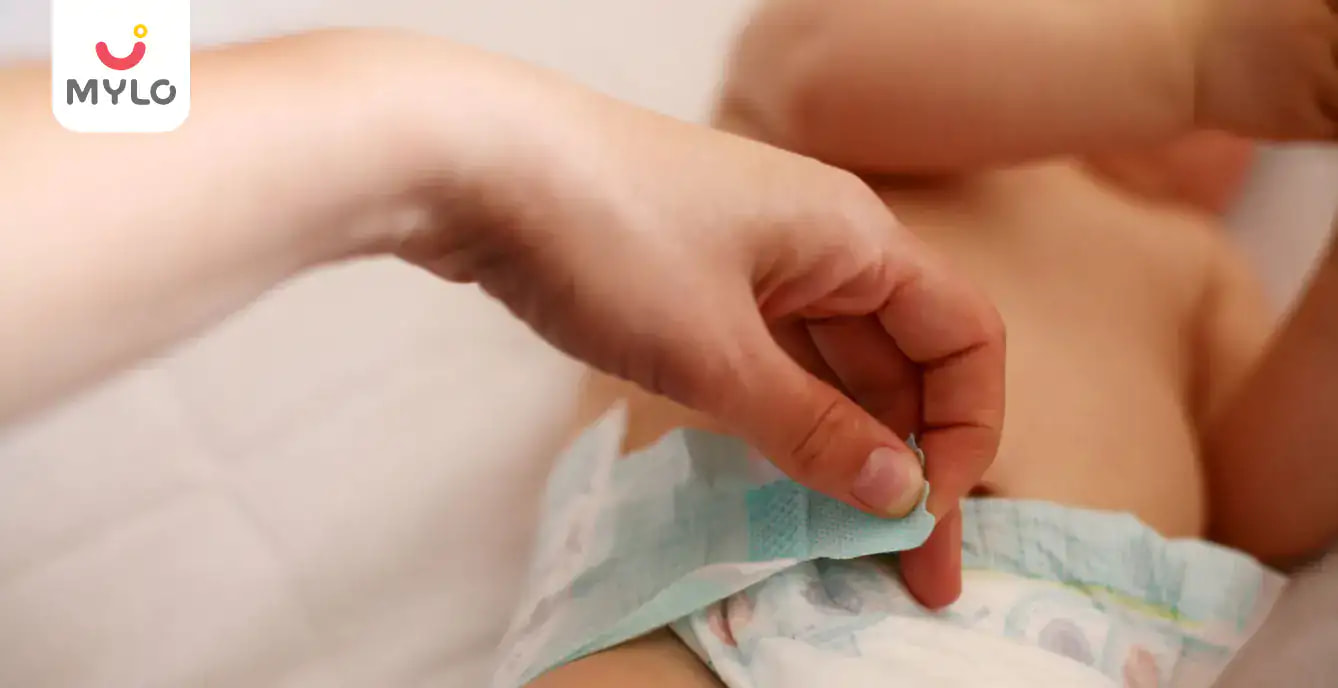
Diapering
After how much time should you change your baby's disposable diaper?
Updated on 3 November 2023
As new parents, there are a lot of things that make them anxious and changing baby's nappies tops the list. New parents, however, practice changing disposable nappies on dolls and soft toys. However, changing babies' nappies can be cumbersome as babies begin to move around by four months.
New parents will find all the answers on how to change nappies, how often to change, benefits, side effects, and how to prevent diaper rashes in babies.
What Is A Disposable Diaper Made of?
Disposable diapers for babies are made of a porous film containing wood pulp, plastics (including the SAPs now in most diapers), tissue paper, and polyester nonwoven fabric. The nonpermeable film is made of polyethene, polypropylene, adhesive, hook tapes, etc.
When to Change The Disposable Nappies For Babies
Remember that young babies urinate 10-20 times a day. They do an average of 4 poos a day for the first few weeks of their life. This is because their diet mainly consists of their mothers' milk until they are 6 months old. Older babies need to be changed 6-8 times.
Change the diaper every 2-3 hours in young babies.
The disposable diaper should be changed before bedtime to prevent the baby from waking up with a heavy diaper and rashes.
You May Like: How long should you make your baby wear disposable diapers?
Delay In Changing Disposable Diapers in Babies
Babies need frequent nappy changes. They have very delicate skin, so the nappies must be changed as soon as they get wet. It can cause rashes. When it happens, the skin appears red and patchy in the thigh, genital and buttock areas. The child may seem fussy or cranky during a diaper change. It usually clears up on its own with home remedies such as air-drying, ointments and frequent modifications of disposable diapers.
The following reasons could be the cause of rashes:
- Delay in the change of the disposable diaper
- Tight nappies that rub against the skin
- Using new products during diaper changes that the baby may be allergic to
- Yeast, bacterial or fungal infection
- Sensitive skin
- New food that either the mother eats or changes made in solid food. Both these can cause diarrhoea and loose stool.
If the skin does not improve with home remedies, it is time to meet the doctor. Look out for these signs:
- Fever
- Unusual rash
- Rash that gets worse despite the home remedies and ointments
- Rash that shows bleeding, oozing or pus.
- Rash that is affecting the baby's urination or bowel movement.
Tips To Prevent Diaper Rashes
- Change the wet nappies promptly
- Clean your hands thoroughly before the change
- Clean the baby thoroughly with plain warm water, cotton wool, or baby wipes, irrespective of whether they have done poo or peed.
- Make sure to clean the skin folds gently but thoroughly in the nappy area.
- If it is warm, allow the baby to lie on the nappy mat. Wearing a nappy always puts them at risk of getting a rash.
- Ensure the skin in and around the diaper area is completely dry before putting on a clean pair of diapers.
- Choose an appropriate nappy size that isn't too loose or too tight.
- Apply cream or ointment regularly. Avoid getting the lotion on the adhesive part of the disposable nappy; it will not stick.
Reusable Nappies
- They come in various size options. New parents must figure out what suits their baby best through trial-and-error methods. Disposable nappies have pros and cons, including cost, sustainability, convenience, etc.
- Cloth nappies are a great alternative. But it takes an extra effort to make sure they are clean and sterile before use. They can be machine washed at 60 deg Celsius.
- Remember to use diaper liners under reusable baby nappies.
- Babies feel more comfortable in them. They cannot hold on for a long time and must be changed more often. Soft muslin cloth is an excellent alternative if the baby suffers from severe rashes.
Overview
As new parents, diaper changing can be a tedious process. There is no hard and fast rule; this skill improves with time. Each baby is unique, and it is essential for parents to know the baby's routine and how often the diaper needs to change. This process can be improved by maintaining a diaper change frequency chart.

Mylo Baby Diaper Pants Extra Large (XL) Size 12-17 kgs (28 count) - Pack of 1
Lightweight | Rash Free | 12 Hours Protection | ADL Technology
₹ 423

4.4
(79566)


21704 Users bought



Written by
Priyanka Verma
Priyanka is an experienced editor & content writer with great attention to detail. Mother to an 11-year-old, she's a ski
Read MoreGet baby's diet chart, and growth tips
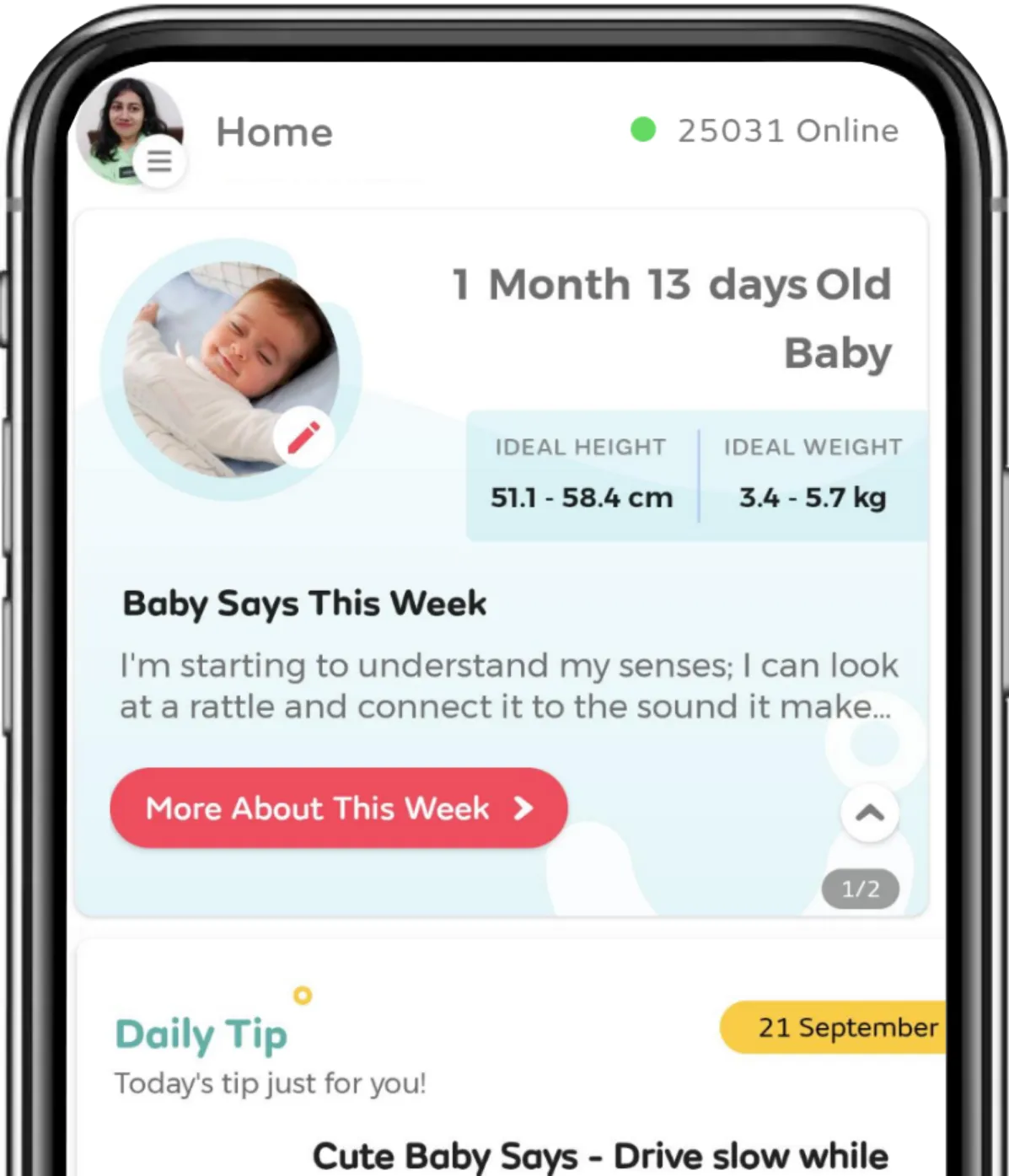
Related Articles
Related Topics
RECENTLY PUBLISHED ARTICLES
our most recent articles
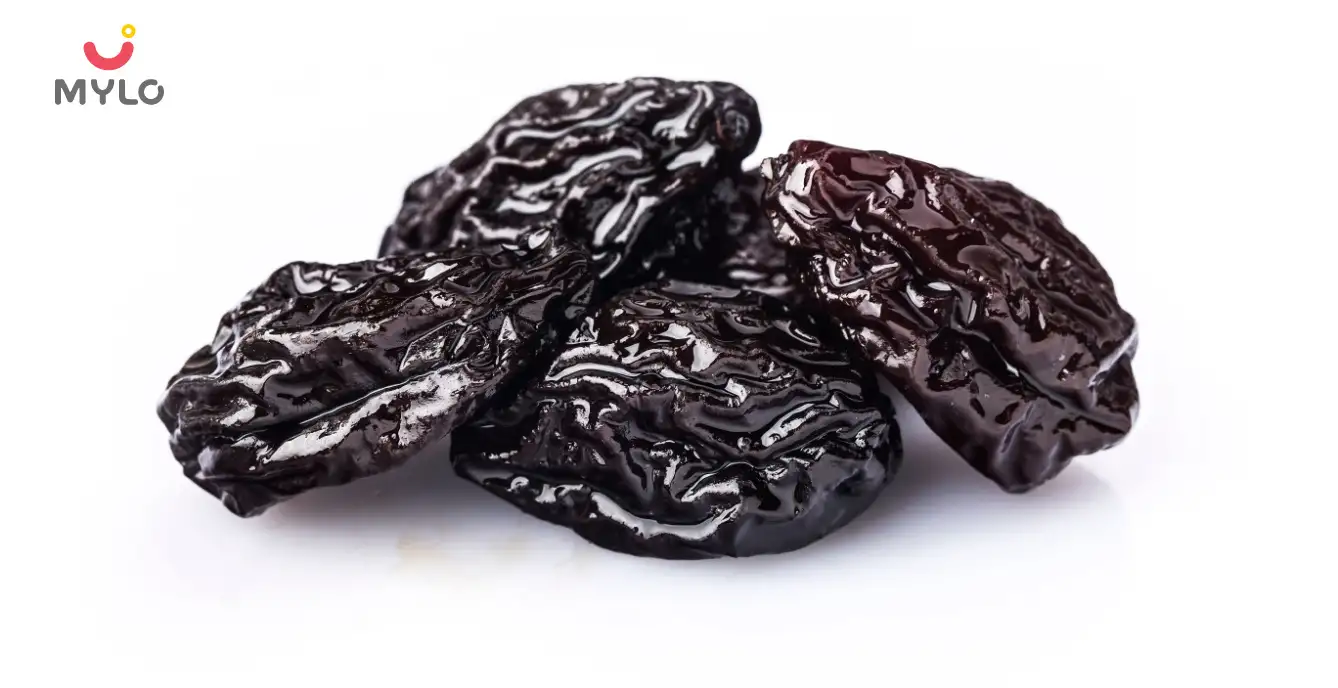
Diet & Nutrition
গর্ভাবস্থায় আলুবোখরা: উপকারিতা ও ঝুঁকি | Prunes During Pregnancy: Benefits & Risks in Bengali
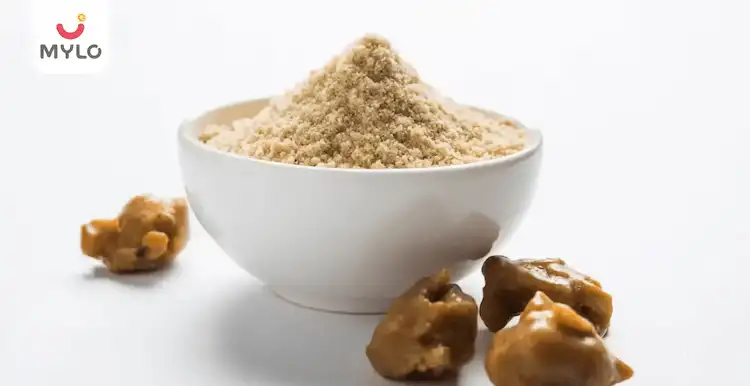
Diet & Nutrition
গর্ভাবস্থায় হিং | ঝুঁকি, সুবিধা এবং অন্যান্য চিকিৎসা | Hing During Pregnancy | Risks, Benefits & Other Treatments in Bengali
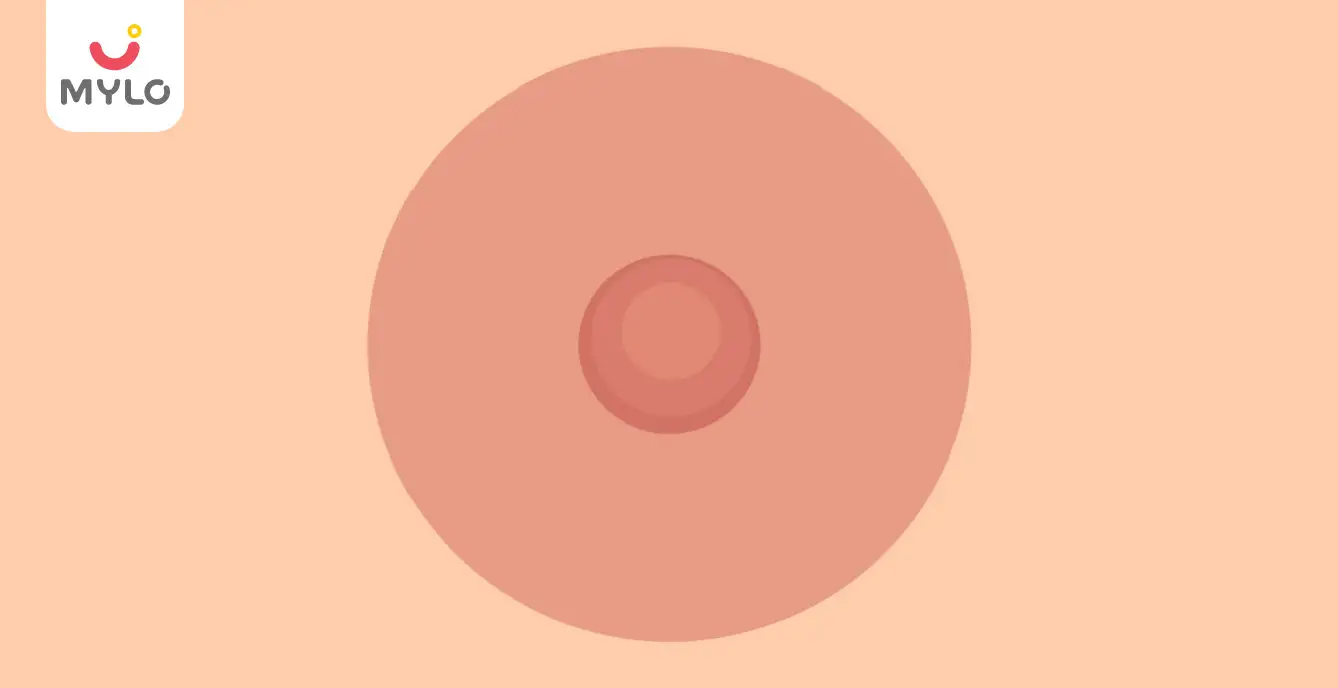
Women Specific Issues
স্তনের উপর সাদা দাগ: লক্ষণ, কারণ এবং চিকিৎসা | White Spots on Nipple: Causes, Symptoms, and Treatments in Bengali

Diet & Nutrition
গর্ভাবস্থায় পোহা: উপকারিতা, ধরণ এবং রেসিপি | Poha During Pregnancy: Benefits, Types & Recipes in Bengali

Diet & Nutrition
গর্ভাবস্থায় মাছ: উপকারিতা এবং ঝুঁকি | Fish In Pregnancy: Benefits and Risks in Bengali

Diet & Nutrition
গর্ভাবস্থায় রেড ওয়াইন: পার্শ্ব প্রতিক্রিয়া এবং নির্দেশিকা | Red Wine During Pregnancy: Side Effects & Guidelines in Bengali
- ইনার থাই চ্যাফিং: কারণ, উপসর্গ এবং চিকিৎসা | Inner Thigh Chafing: Causes, Symptoms & Treatment in Bengali
- গর্ভাবস্থায় ব্রাউন রাইস: উপকারিতা ও সতর্কতা | Brown Rice During Pregnancy: Benefits & Precautions in Bengali
- Velamentous Cord Insertion - Precautions, Results & Safety
- Unlock the Secret to Flawless Skin: 7 Must-Have Qualities in a Face Serum
- Unlock the Secret to Radiant Skin: How Vitamin C Serum Can Transform Your Complexion
- Gender No Bar: 10 Reasons Why Everyone Needs a Body Lotion
- Unlock the Secret to Radiant Skin How to Choose the Perfect Body Lotion for Your Skin Type
- Top 10 Reasons to Apply a Body Lotion After Every Bath
- Communication in Toddlers: Milestones & Activities
- How to Improve Vocabulary for Toddlers?
- A Comprehensive Guide to Understanding Placenta Accreta
- Vulvovaginitis in Toddlers Causes, Symptoms and Treatment
- A Comprehensive Guide to Understanding Cerebral Palsy in Children
- Bitter Taste in Mouth During Pregnancy: Understanding the Causes and Remedies


AWARDS AND RECOGNITION

Mylo wins Forbes D2C Disruptor award

Mylo wins The Economic Times Promising Brands 2022
AS SEEN IN
















- Mylo Care: Effective and science-backed personal care and wellness solutions for a joyful you.
- Mylo Baby: Science-backed, gentle and effective personal care & hygiene range for your little one.
- Mylo Community: Trusted and empathetic community of 10mn+ parents and experts.
Product Categories
baby carrier | baby soap | baby wipes | stretch marks cream | baby cream | baby shampoo | baby massage oil | baby hair oil | stretch marks oil | baby body wash | baby powder | baby lotion | diaper rash cream | newborn diapers | teether | baby kajal | baby diapers | cloth diapers |








